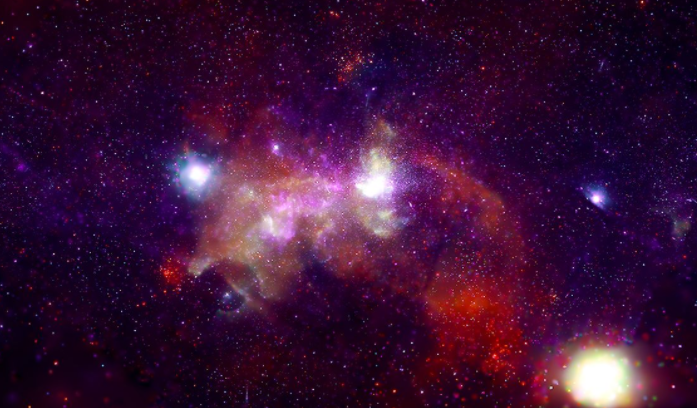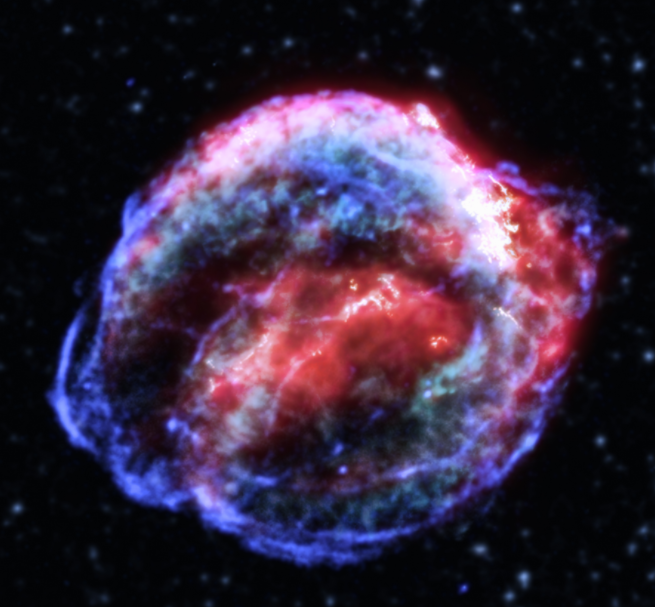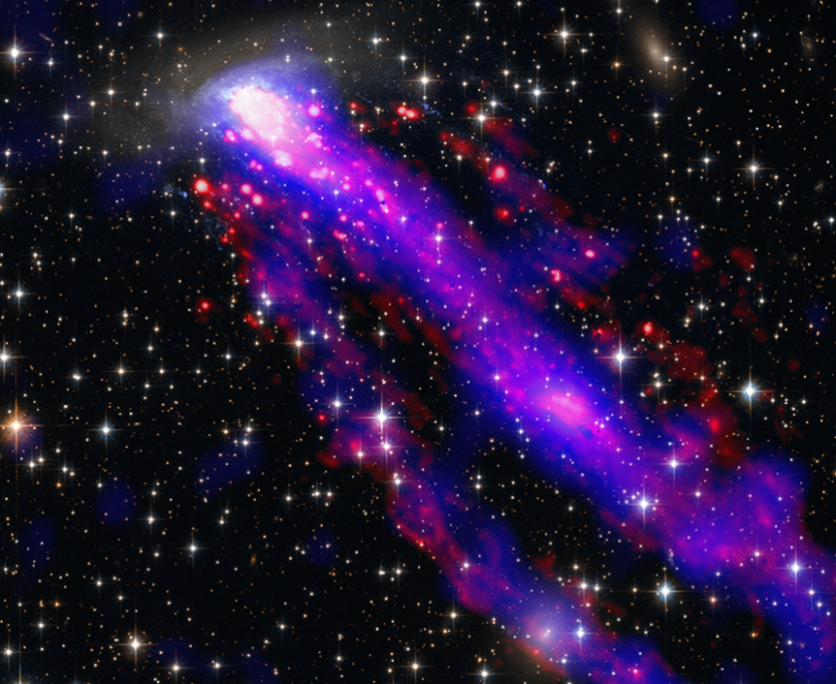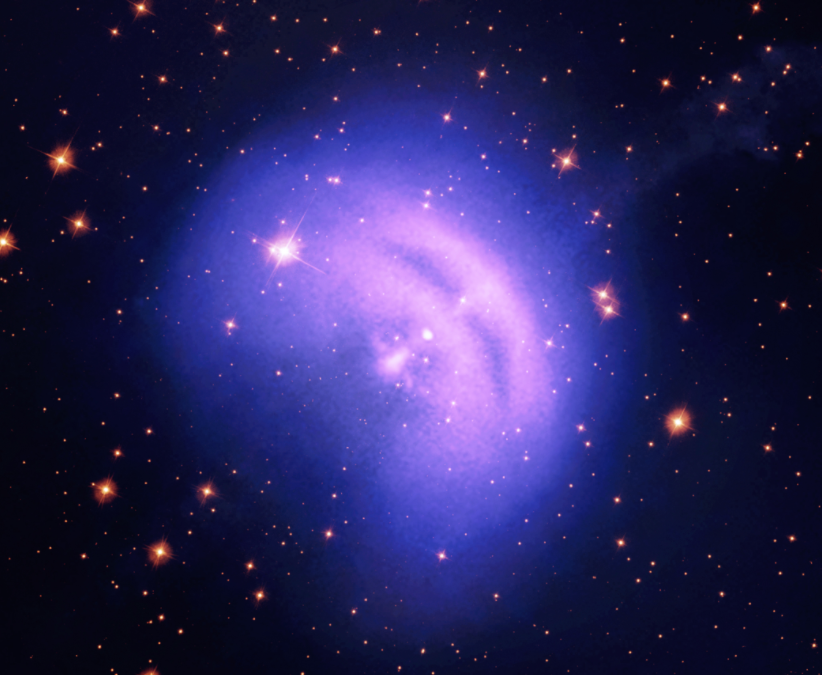The cosmos, a boundless expanse of mystery, holds secrets that extend far beyond the reaches of human vision.
Even beneath the star-studded canopy of the darkest desert night, countless celestial marvels remain concealed from our eyes. These are not just distant stars but signals imperceptible to us, like the enigmatic radiations of infrared light, radio waves, and X-ray emissions.
Our visual perception is limited to a narrow slice of the electromagnetic spectrum, a fraction known as the "visible light region."
Deep-Space Images That Will Make You Mesmerize the Universe
From the get-go, cosmic discoveries have always made humans breathless for a moment. With deep-space images released in a resolution that a human eye can perceive, we can finally witness the beauty hiding in the universe.
The portraits are captured in high-quality detail thanks to NASA's James Webb Space Telescope, Chandra X-ray Observatory, Very Large Telescope, and more.
The Galactic Center: Heart of the Milky Way

According to Space.com, the first portrait is the "Galactic Center," situated roughly 26,000 light-years from Earth. This is the epicenter of our Milky Way galaxy, home to a supermassive black hole, searing clouds of gas, and mind-bending entities like neutron stars, which pack the mass of Mount Everest into a single tablespoon.
The somewhat amorphous appearance arises from our vantage point within the galaxy, providing a unique internal perspective.
Kepler's Supernova Remnant: Celestial Fireworks

This image captures the aftermath of a white dwarf's thermonuclear explosion. White dwarfs are the remnants of once-glowing stars, a fate our own sun will eventually meet.
The Chandra data, depicted in blue, reveals a powerful blast wave that traversed space after the explosion. Infrared data from Spitzer (red) and optical light from the Hubble Space Telescope (cyan and yellow) unveil the debris of the star.
ESO 137-001: A Galaxy in Motion

This galaxy hurtles through space at an astonishing 1.5 million mph, trailing behind it two tails of superheated gas. Chandra's observations (blue) capture this gas, while the VLT (red) reveals hydrogen, and Hubble's optical and infrared data (orange and cyan) paint a vivid picture of this mesmerizing cosmic display.
NGC 1365: Feeding a Supermassive Black Hole

This eerie image showcases the spiral galaxy NGC 1365, home to a ravenous supermassive black hole feasting on a steady stream of cosmic matter. Chandra's observations (purple) expose this material, while the James Webb Space Telescope's infrared sensors contribute subtle accents in red, green, and blue.
The Vela Pulsar: Echoes of Stellar Collapse

We witness the aftermath of a collapsed star in the final image—the Vela Pulsar. Captured by NASA's Imaging X-ray Polarimetry Explorer (IXPE), Chandra, and Hubble, these instruments' data are represented in light blue, purple, and yellow, respectively.
While we celebrate these "Fab Five" images, it's essential to recognize that they are merely a glimpse into a universe teeming with celestial wonders. Each sparkling point in the background represents a cosmic marvel as magnificent as those we observe up close.
With each passing day, we unveil more of these cosmic gems, thanks to our unwavering curiosity and the remarkable power of our machines.

ⓒ 2025 TECHTIMES.com All rights reserved. Do not reproduce without permission.




